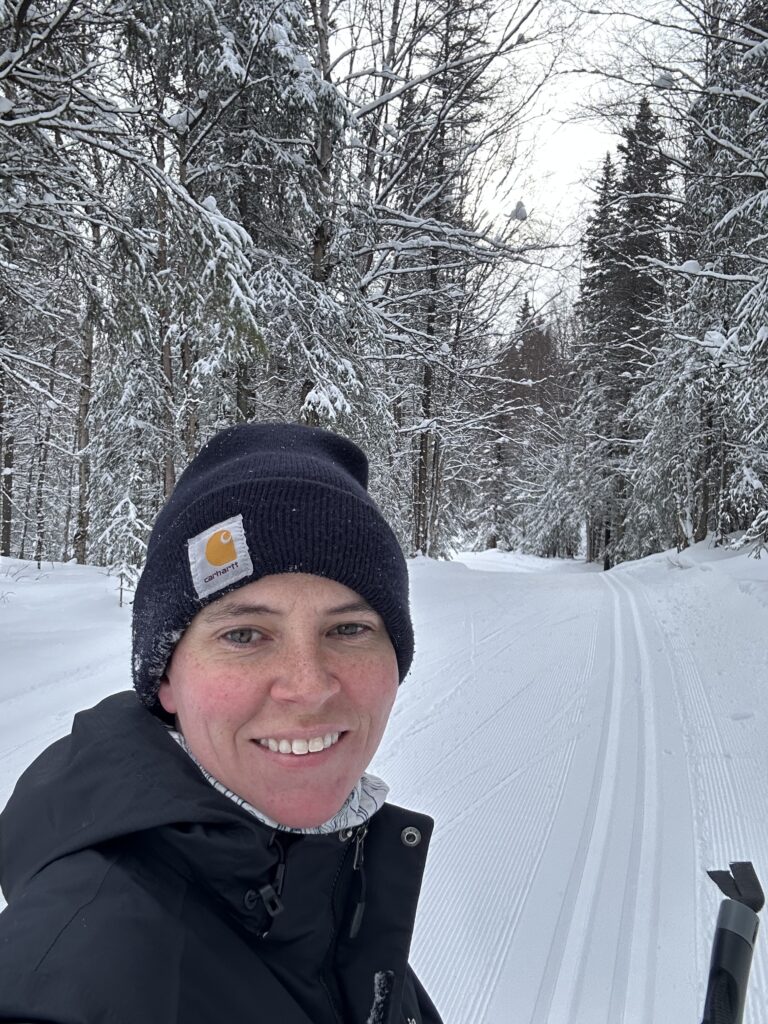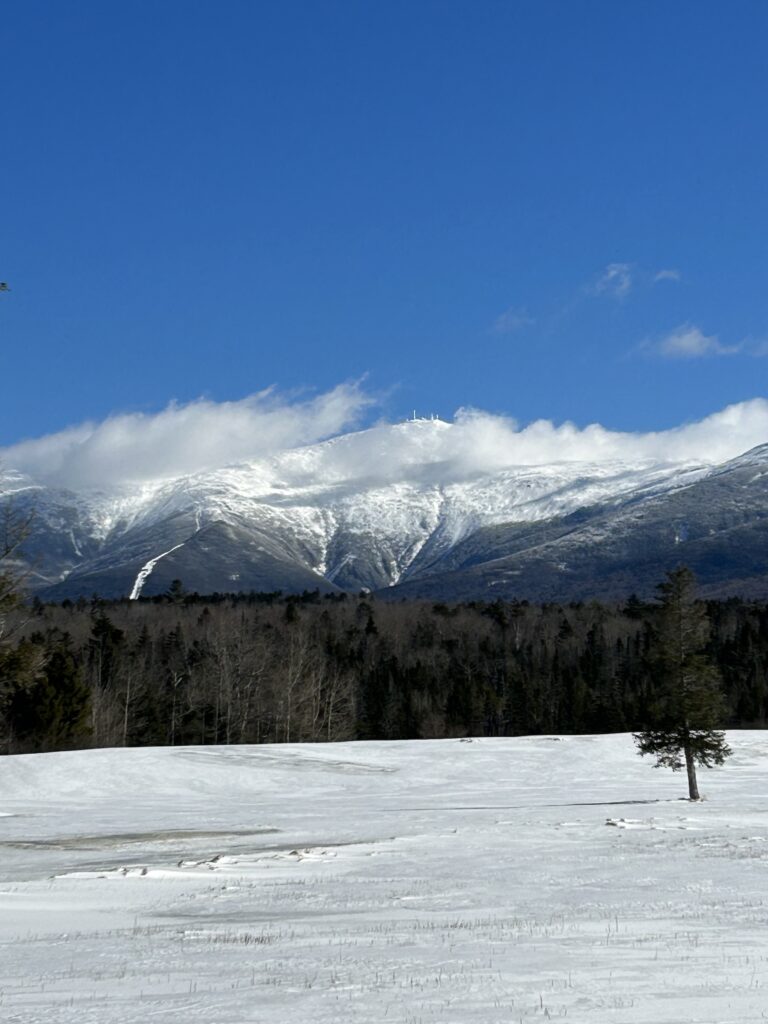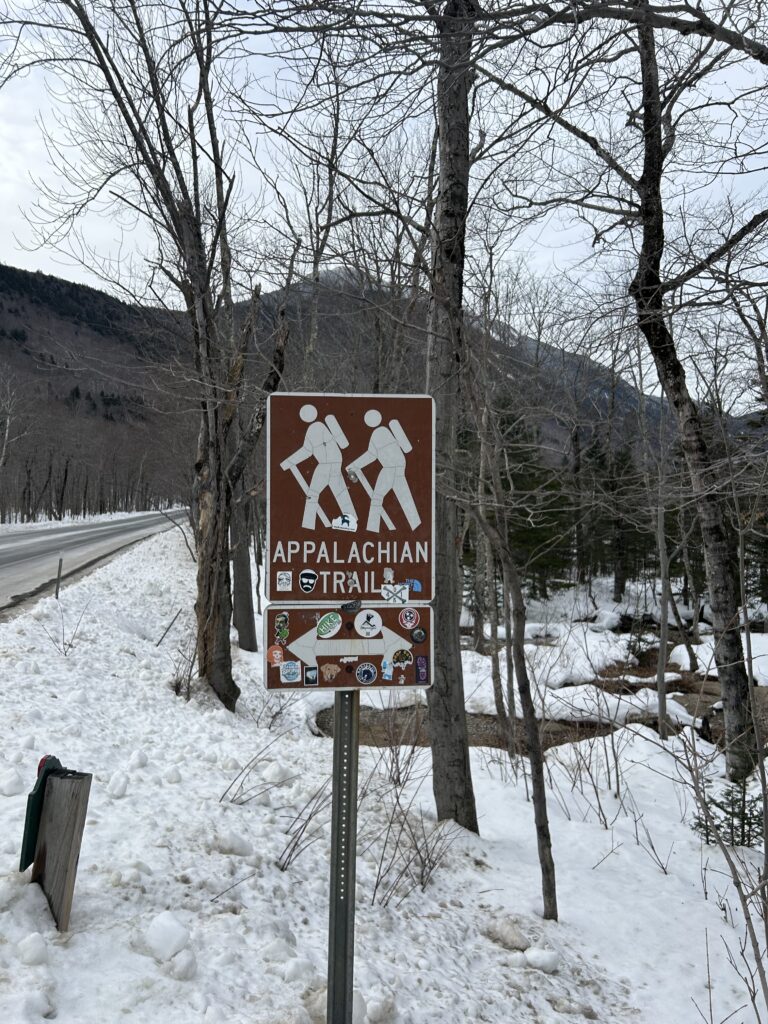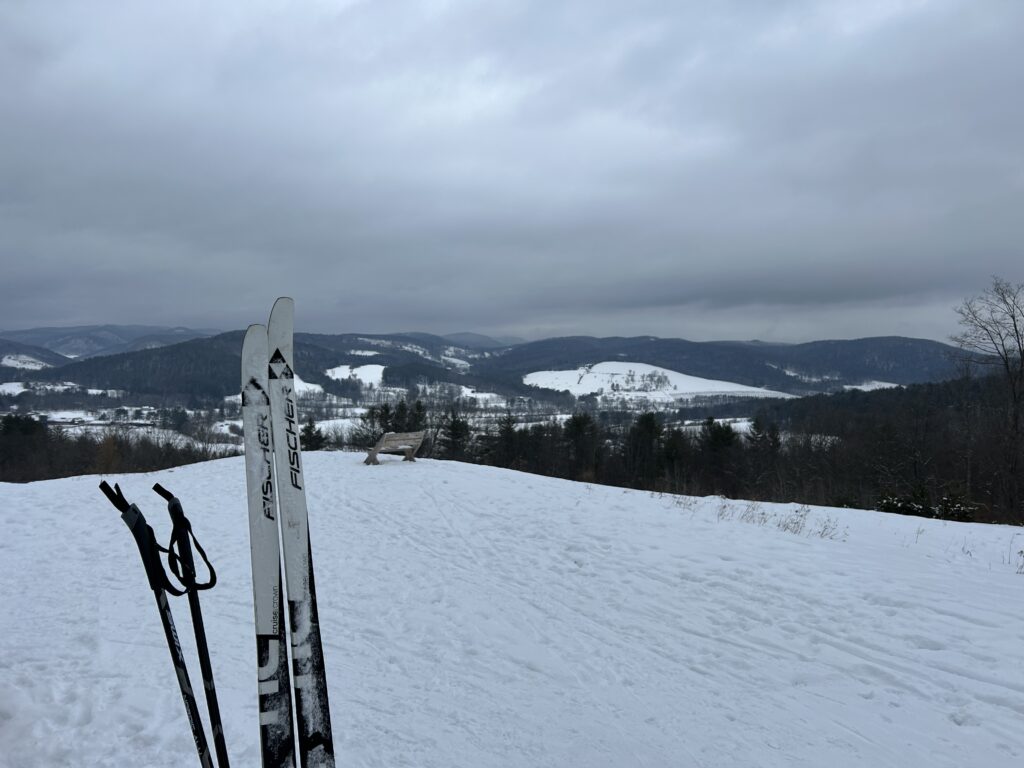This article originally appeared on The Trek, which you can read here.
As I prepare for my PCT thru-hike, I have been focusing on physical fitness. When I’m home in Virginia Beach, I’m in the gym every day. That’s fine, but it’s pretty monotonous and doesn’t very closely replicate the conditions of hiking.
However, I recently returned from a two-week trip to my parents’ cabin in New Hampshire where I got to do the kind of training that I really like to do — cross-country skiing.
Gliding through winter wonderlands on classic nordic skis has become my go-to winter activity. Like hiking, it blends love of nature with tough heart-pounding exercise. There’s something magical about the way the snowy trails wind through the towering trees and icy landscapes.

The crunch of the snow beneath my skis, the crisp winter air stinging my face, and the untouched beauty of the landscape make every outing feel like an adventure. It’s not just about getting the heart pumping – it’s a full sensory experience. Embracing the crisp winter air and the rhythmic swish of skis, I forget that I’m exercising.
But it is most definitely exercise. Last year in the weeks leading up to my AT thru-hike, I skied around New Hampshire, Vermont, and Anchorage, Alaska, huffing and puffing all the way. When I arrived at Amicolola Falls in Georgia in March, I felt strong and very prepared for the hike.
Now that I am preparing for the PCT, I am again strapping on my skis. Though I’m still two months away from beginning my hike, I know the skiing will help recondition my body for the physical challenges ahead.
The best exercise is something you enjoy. Truthfully I would go skiing anyway, even if I wasn’t preparing for a thru-hike, but the fact that it is excellent conditioning is a huge bonus.
Why XC Skiing is the Perfect Thru-Hike Training
1. Full-body workout
XC skiing engages multiple muscle groups in the arms, legs, and core. Unlike downhill skiing, XC skiing involves a pushing and gliding motion, utilizing both arms and legs to propel yourself forward. This mimics the demands of backpacking, which requires strength and endurance in various muscle areas to carry a heavy load over long distances.
2. Cardiovascular fitness
XC skiing is an aerobic activity that improves cardiovascular endurance. In cross country, there is no chairlift to get you to the top of a peak. It’s up to you to haul your own ass to the top, just like in backpacking. Skiing helps build your stamina, making it easier to sustain a steady pace during a long thru-hike.

3. Low-impact exercise
A joint injury is the last thing you need right before a thru-hike. XC skiing is a low-impact sport, reducing the risk of injuries. This makes it an excellent choice for conditioning without putting excessive strain on the joints.
4. Balance and coordination
XC skiing involves maintaining balance on uneven terrain, which translates well to the varied and often challenging conditions encountered while backpacking. Developing balance and coordination can be particularly helpful when navigating rocky or uneven trails with a heavy backpack.
5. Endurance training
XC skiing requires sustained effort over extended periods, similar to the endurance needed for long backpacking trips. This kind of stamina is required for extended periods of walking with a backpack. If you can ski all day, you can hike all day.
6. Off-season training
Hikers setting out a big thru-hike most often start in spring, making the winter months the prime conditioning period. Training hikes in winter, however, are often impractical. XC skiing on the other hand, provides an opportunity to train through the off-season.
7. Mental benefits
Like hiking, XC skiing involves being outdoors in nature, providing mental health benefits such as stress reduction. XC skiing is also hard work, often falling into the category of “type 2 fun.” The mental resilience developed during a hard day of XC skiing can contribute to the mental toughness needed during a thru-hike.
8. Inexpensive
As winter hobbies go, XC skiing is relatively inexpensive. Whereas a downhill ski ticket can cost well over $100, a trail pass from a nordic center usually costs around $20 or less, and many areas have completely free trails.
9. Proximity to hiking trails
Many XC ski trails jut up to or even overlap with some of the big thru-hiking trails. In New England for example, you can ski right by the AT and the Long Trail.

I’m less familiar with west coast XC ski trails, but I know there are trails around the Cascades, Mt Baker, and Leavenworth — all near the PCT.
While preparing for your thru-hike, why not check out how the trail looks in winter? It’s a great way to get hyped up for your upcoming adventure!
10. Get comfortable in the elements
Unlike training in the controlled environment of a gym, XC skiing will put you out in the elements. You will experience how it feels to be out in the cold all day. You will learn important skills, like how to regulate your body temperature and not sweat through your clothes from exertion.
You will also get comfortable navigating through the snow. NOBO AT hikers starting in spring are likely to encounter snow in the south, and PCT hikers are likely to encounter snow in the Sierra. Feeling comfortable in the snow will be beneficial in completing a successful thru-hike.
11. It’s Fun!
The best type of physical training is the type when you don’t even realize you’re exercising. I can’t tell you how many times I’ve reached the top of a hill on XC skis to realize that I hadn’t even noticed that I was out of completely breath. You’re much more likely to actually do physical training that is fun. It’s more engaging, which naturally leads to longer and more intense sessions.


